Welcome to your September update from BostonTrading. While alt-season didn’t play out the way some expected, there were important shifts in both traditional finance and crypto that are worth your attention.
As always, we’re here to simplify the complex.

ETFs Are Warming Up
BlackRock is preparing a new Bitcoin product called the iShares Bitcoin Premium Income ETF. This fund is designed to generate yield by selling call options on Bitcoin exposure. While this approach offers the potential for consistent income, it also limits future upside if Bitcoin’s price surges. It’s still pending SEC approval, but the direction is clear: BlackRock is expanding its crypto presence beyond just holding spot BTC.
Meanwhile, Vanguard, the financial giant that has delayed its entry into the crypto universe, is reviewing whether to allow Bitcoin and Ethereum ETFs on its platform. This would mark a major shift in policy for the asset management giant, which has previously blocked access to these products. With over 50 million clients, even a small policy adjustment here could have significant ripple effects.
Together, these two moves show that traditional financial powerhouses are no longer ignoring crypto. They’re beginning to shape the landscape. Slowly and cautiously, they are opening the doors to a wider class of investors.
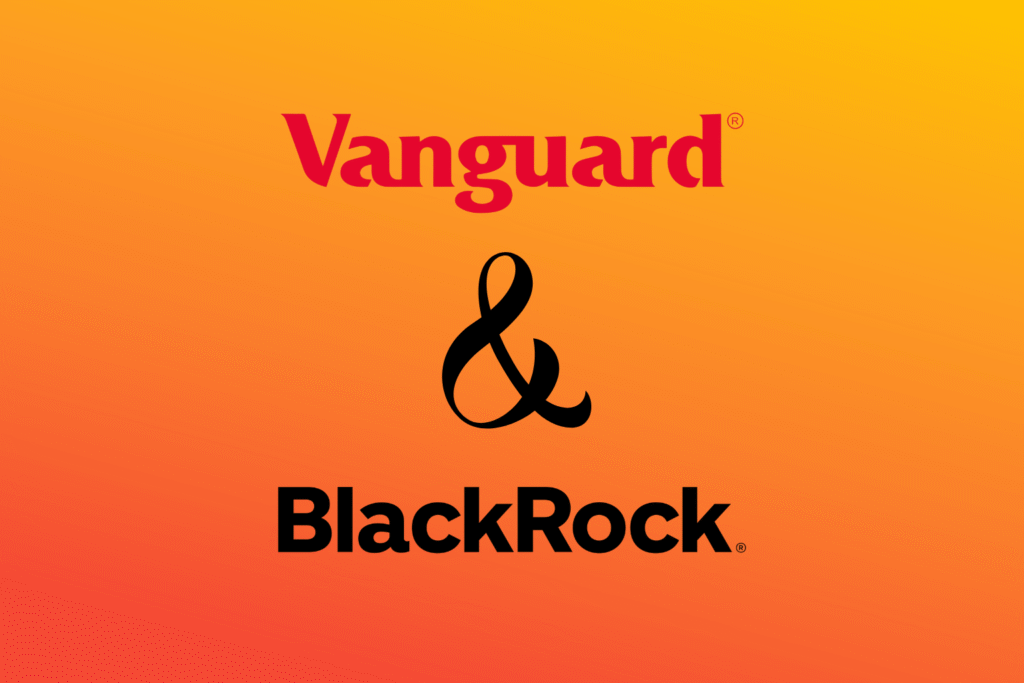
Nine European Banks Join Forces for a Euro Stablecoin
Nine major European banks; including ING, UniCredit, SEB, and CaixaBank, to name a few, are developing a euro-pegged stablecoin, aiming for launch in the second half of 2026. The project will comply with MiCA (Europe’s crypto regulatory framework) and be based in Amsterdam.
The goal is to offer a trusted, euro-denominated alternative to dominant dollar stablecoins like USDT and USDC. If successful, it could transform payments and settlement across Europe by combining blockchain speed with strict regulatory oversight. It’s an important step in giving the European markets a stronger presence in the digital asset space.

Tether Eyes $500B Valuation
While new players enter the stablecoin arena, Tether, the issuer behind the world’s largest stablecoin (USDT), is reportedly in talks to raise $15–20 billion from investors. If successful, it would value the company at $500 billion! This valuation places Tether in the same league as the world’s largest financial players.

Why does this matter? Tether plays a critical role in the crypto ecosystem, with USDT being the default trading pair on most exchanges. A capital raise of this size signals just how seriously traditional capital is now taking crypto infrastructure. It also raises questions: Is Tether really worth half a trillion dollars? And what does that say about the future of stablecoins?
Chainlink & SWIFT Bring Banks to Blockchain
Chainlink has teamed up with SWIFT, the global payments network used by banks, to move traditional finance one step closer to blockchain. The new integration lets banks use their existing SWIFT infrastructure to trigger on-chain transactions, like fund subscriptions or redemptions, with no major tech overhaul.
It’s a big deal because it shows how traditional institutions can adopt blockchain without starting from scratch. By making it easier to connect old systems with new rails, Chainlink is quietly building the plumbing that could power real-world finance on-chain.
We bought into ChainLink some 4-5 years ago, and we love the project.
Aster vs. Hyperliquid: The Battle for Decentralised Derivatives
Aster, a new decentralised exchange for perpetual futures, has quickly made headlines by overtaking Hyperliquid in daily trading volume. Both platforms let users trade directly from their wallets, without custodians or middlemen, and focus on perps, or perpetual contracts with no expiry date, often paired with high leverage.
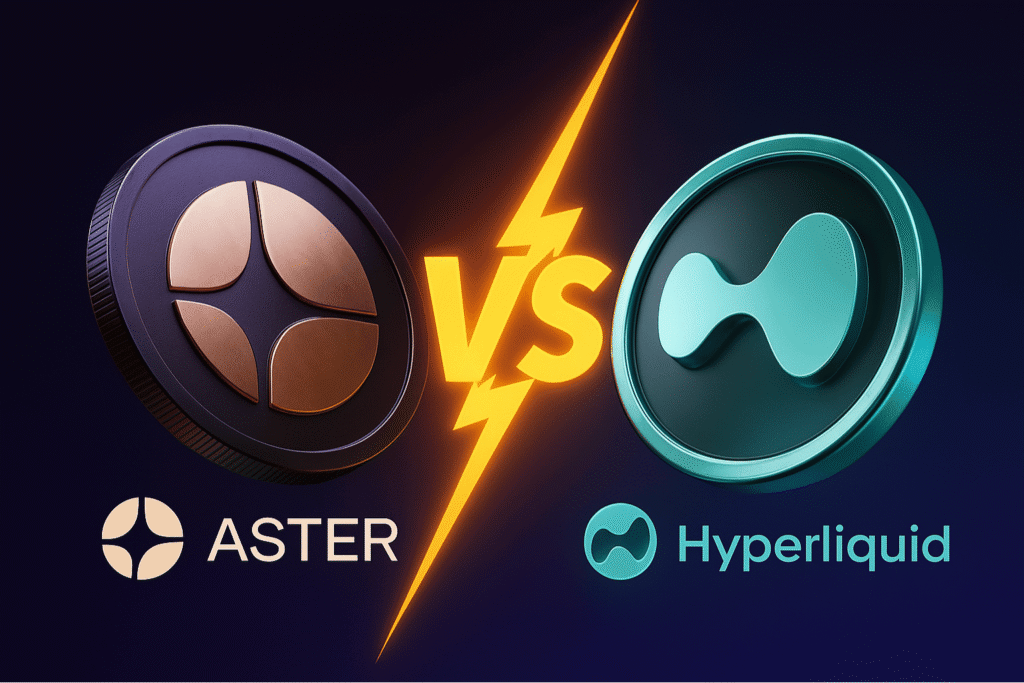
On September 24, Aster processed nearly $24.7 billion in daily volume compared to Hyperliquid’s $10 billion. By the end of the month, Aster’s volume surged to $64 billion, while Hyperliquid hovered around $7.6 billion. Much of this activity has been fuelled by Aster’s aggressive leverage offering (up to 300x) and strong backing from Binance’s Co-Founder, CZ.
Open interest on Aster also hit $1.25 billion, showing serious capital flow into open positions; however, not all that glitters is gold. Analysts estimate that as much as 6% of Aster’s volume may be wash trading (also known as ‘money laundering’). So while the numbers are eye-catching, the fundamentals still need time to settle. Hopefully, the 94% of funds that is not washed are already clean.
This showdown between Hyperliquid and Aster is an important one. It highlights growing user demand for decentralised, high-leverage trading platforms, and how new players can rapidly gain market share with the right incentives and user experience.
BostonCoin Fund Performance Update
As of September 30, 2025
It’s been a standout year for the BostonTrading funds, with both the legacy and faith-based portfolios delivering strong returns in a market still shaping its next cycle.
Leading the pack is DARTcoin Core (DART), now trading at USD 158.17. It’s up 136% over the past 12 months and has surged 342% over the last two years. Since its inception, it has recorded a 277% gain, proving its resilience across all market conditions.
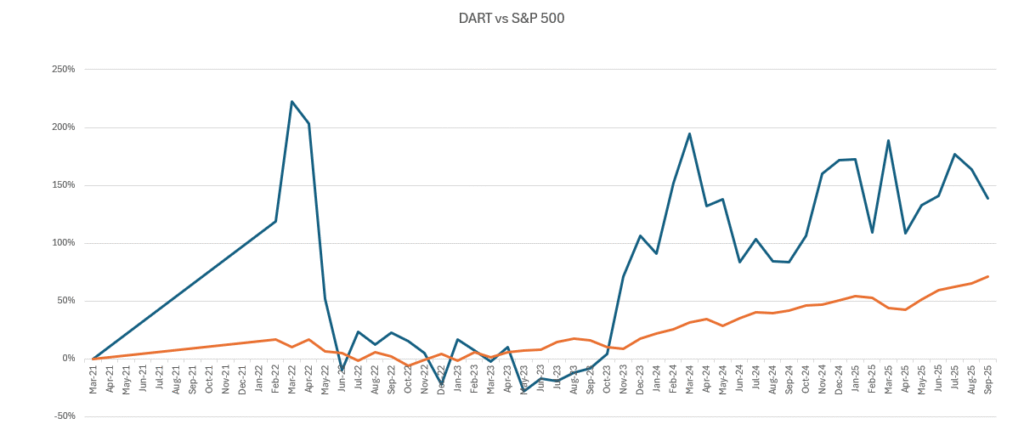
BostonCoin Alpha (BOS) is currently valued at USD 88.59, rewarding long-term holders with a 144.8% return over the past year and a 340.7% gain across three years, compounding steadily through multiple market phases.
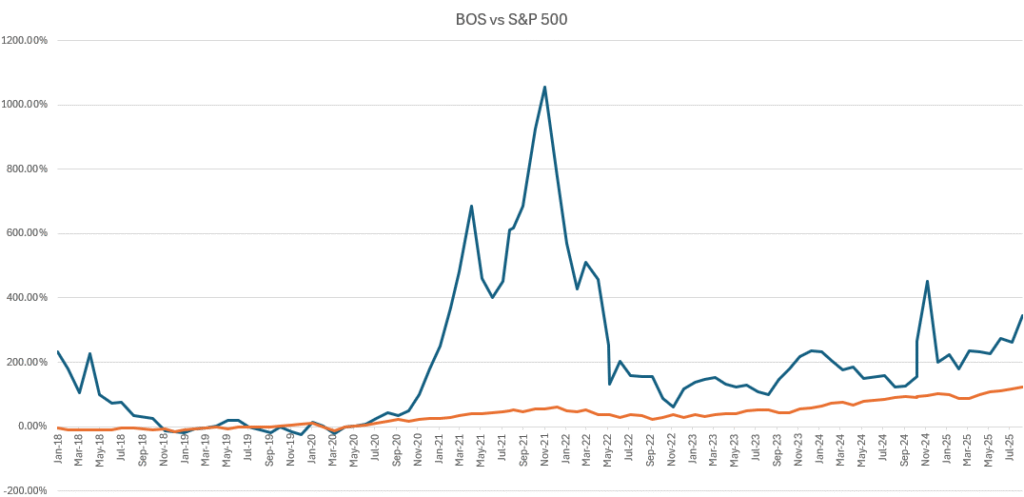
POLLY rounds out the original trio at USD 144.80, cementing its role as a steady growth driver within the portfolio.
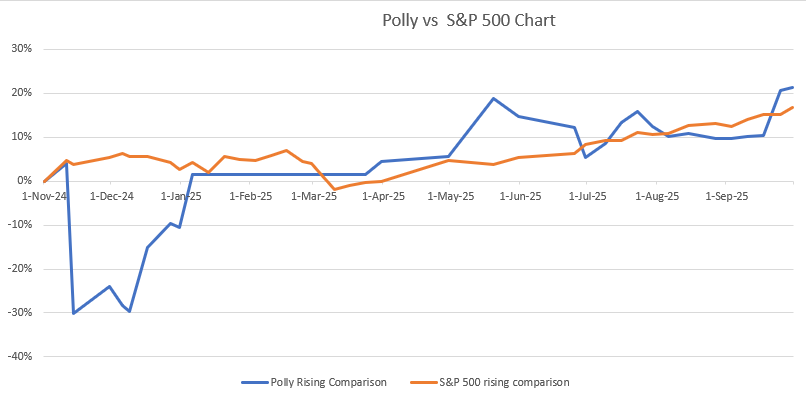
On the faith-based side, performance remains strong across the board:
Rafah – USD 115.34
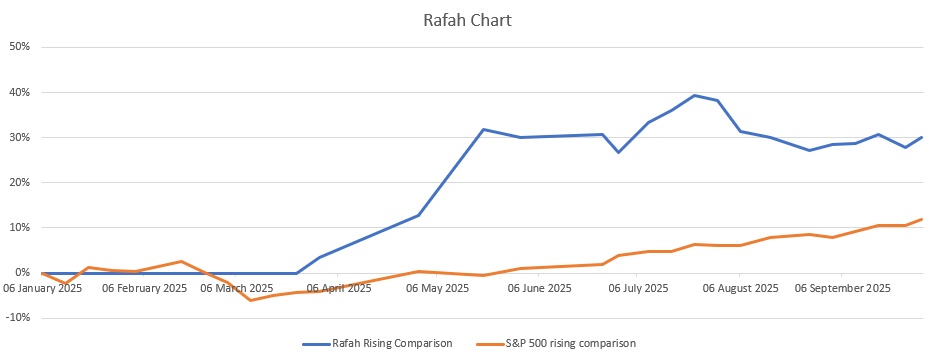 Oysher – USD 116.58
Oysher – USD 116.58
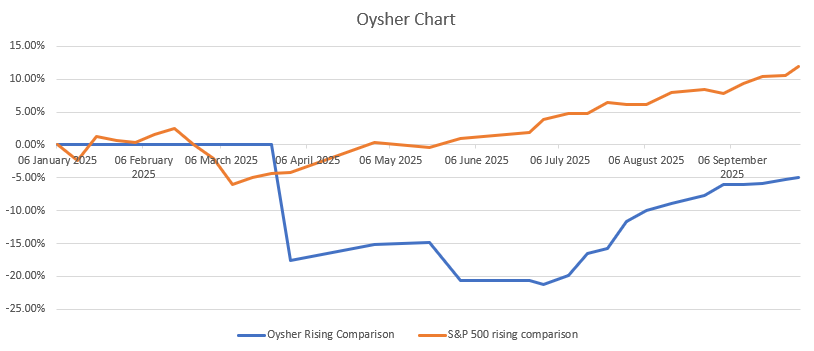 Ashirvad – USD 117.10
Ashirvad – USD 117.10
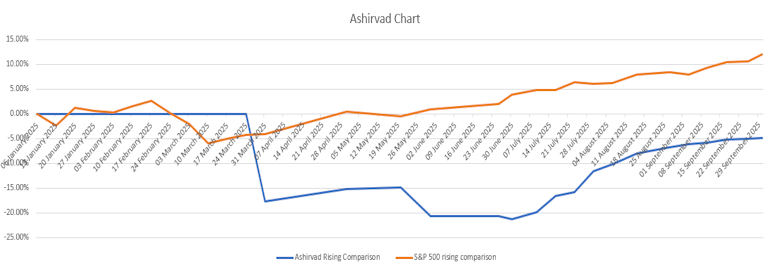
Together, these funds underscore the depth, resilience, and forward momentum of the BostonTrading ecosystem.
Closing Thoughts
As we wrap up this month’s edition, I want to acknowledge how quickly the space continues to evolve. From BlackRock and Vanguard shifting their stance on crypto ETFs, to Tether chasing a half-trillion-dollar valuation, it’s clear we’re not in the early days anymore.
I believe we’re in the transition phase of traditional finance meeting decentralised systems. The introduction of euro-backed stablecoins and collaborations like Chainlink and SWIFT show us that institutions are taking blockchain seriously.
At BostonTrading, we stay grounded in fundamentals, cutting through the noise to help investors navigate this space with clarity, ethics, and a long-term lens. If you’ve been sitting on the sidelines, now’s the time to ask the right questions and take that first step.
We’d Love Your Feedback
If this update helped you stay informed, here’s how you can support us:
✅ Leave us a review – your words create impact: we will donate to your chosen charity.
✅ Forward this email to a friend – help others stay informed
✅ Post about the little blue dog on X (Twitter), LinkedIn, or Facebook using #BostonCoin
Ready to explore the Boston fund?
Book a Discovery Call here
As a token of appreciation:
Send a screenshot of your TrustPilot review to support@bostontrading.co along with your postal address. We’ll post you a small thank-you gift! Think Boston socks, our forever pencil (yep, it’s real), or another surprise from the team.
Stay safe out there. Until next month,
JB

